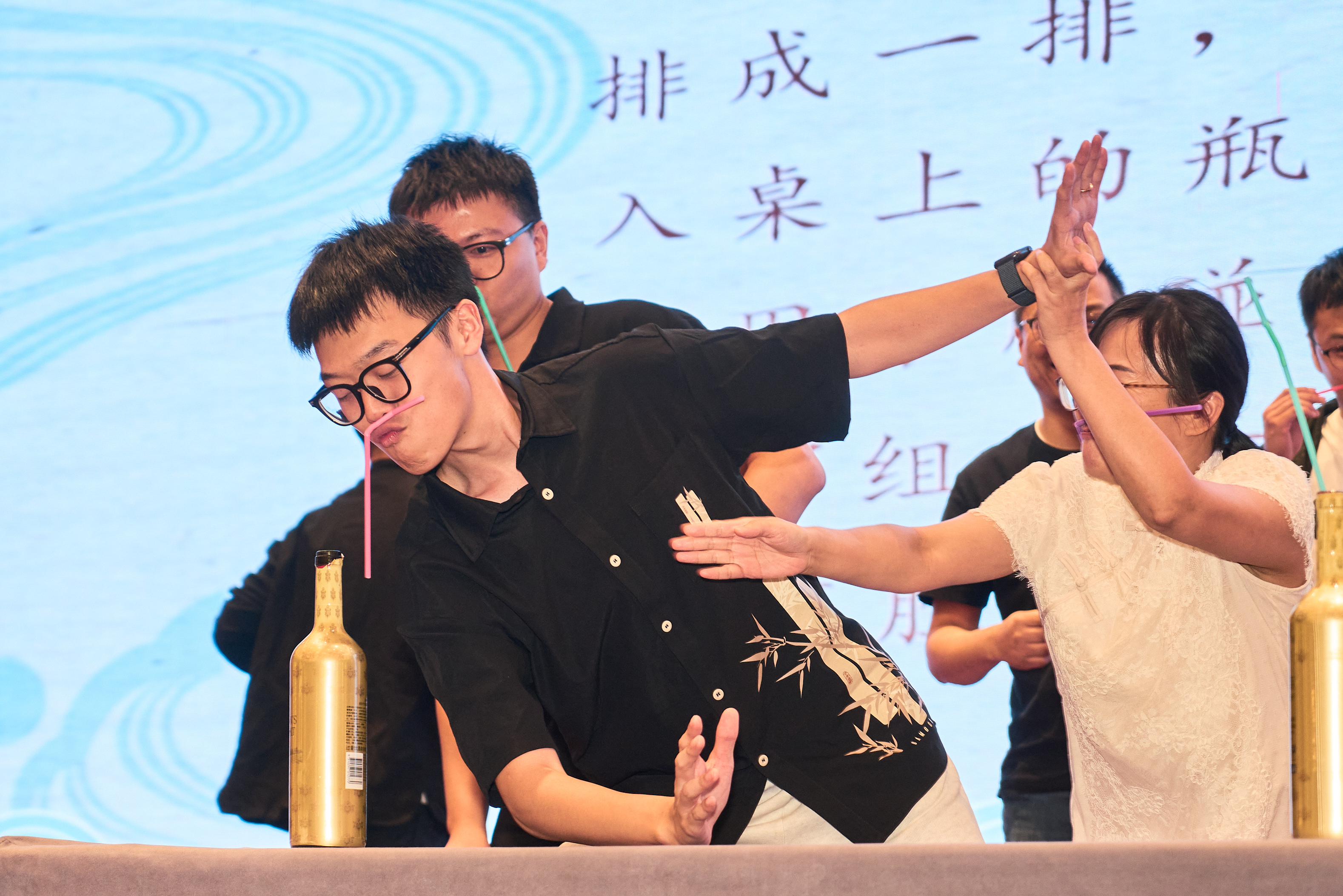At some point, ancient towns in China seemed to become a negative term—renovated imitation buildings, monotonous local snacks, and crowds of hurried tourists make people frown. That’s why Jingmai Mountain is such a delightful surprise.
There are nine core traditional villages in the mountains. This time, I visited Wengji Ancient Village, Nuogan Ancient Village, and Mangjing Ancient Village.
Mangjing Upper Village – “The King Bee Tree”
The ancient tree is so enormous that it feels almost divine. Its branches are covered with beehives and accompanied by squirrels. Not only does it shelter ancient tea trees, but it also watches over the Dai and Bulang villages.
“The Princess Banyan”
Legend has it that this banyan tree grew from the hair of the seventh princess. Its roots resemble the gates of a city.
Walking in the cool, fresh air of the early morning, I breathe in the oxygen so scarce in the city. I wanted to see a sea of clouds during the rainy season, but instead, the mountains were shrouded in mist.
For the first time, walking through the village, I didn’t feel like a tourist. Instead, it felt like being hosted by a group of enthusiastic friends. When I took shelter from the rain under an eave, locals warmly invited me into their homes or shops for tea—and amazingly, it was all free!
Wengji Buddhist Temple
This tranquil, nearly deserted old temple.
Nuogang Ancient Village
Nuogang is the best-preserved traditional Dai village in Jingmai Mountain, at an altitude of 1,450 meters, with just over a hundred households. The village is surrounded by mountains, with a clear stream running through it. Here, the most original stilted wooden architecture is preserved. Most villagers make a living by growing Pu’er tea, and the entire village is encircled by vast ancient tea gardens, maintaining an almost primordial tranquility.
That’s just how it is here—there’s not much to do, so you slowly soak in mountain life.
The commercial atmosphere isn’t off-putting; most businesses are run by locals. The roast chicken and sticky rice are delicious—great value for money!
This place feels like a super energy field, a retreat from the city’s hustle and bustle, a corner of peace and simplicity. Here, with tea in one hand and coffee in the other, you can put down your phone, empty your mind, and truly experience the harmonious coexistence of humans and nature!
The conversations, the shared experiences, and the kindness of strangers created something truly unique.
It is a very powerful reminder that travel is not to check off in a sequence of boxes next to the places I've been but really about building relationships with people and learning from them. That moment of kindness left an imprint on me; I realized that however small, however brief such connections may seem, is important.

滇西南边陲,高山的云雾里藏着秘境!
不知道从什么时候开始,国内的古镇似乎成了贬义词,翻新的仿古建筑、千篇一律的特产小吃,拥挤着走马观花的游客让人皱眉——所以景迈山才让人惊喜。
山里有九个核心传统村寨,此次景点去了翁基古寨和糯干古寨还有芒景古寨。
芒景上寨《蜂王树》
古树巨大到仿佛充满神性,树上挂满了蜂巢,与松鼠为伴,不仅庇护着古茶树,还有傣族和布朗族的村子。
《公主榕》传说是七公主的头发演化而成,榕树的根仿佛变成了城门。
在清晨微凉的空气里散步,呼吸城市里贫乏的氧气感,想看云海雨季却变成满山雾。
走在寨子里第一次觉得自己不是游客,是被一群热情的朋友招待了,避雨的时候躲在屋檐下也会被热情的喊进家里或者店里喝茶,居然都是不要钱的!
《翁基佛寺》——这个静谧的几乎没有人的老寺庙
《糯干古寨》
糯岗,是景迈山傣族传统风貌保存最完好的村寨,海拔1450米,仅100多户人家,寨子被高山环抱,清澈溪流穿寨而过,这里保留着最原始的干栏式木质建筑,村民多以种植普洱茶为生,整个寨子被万亩古茶园环绕,保持着近乎原始的宁静氛围。
在这里好像就是这样,没什么事情可做,慢慢感受山里的生活。
这里的商业气息不会让人反感,大都是本地居民开的 烤鸡和糯米饭很好吃!性价比upup!
这里就像一个超级能量场,暂别城市喧嚣,寻一方宁静与质朴,在这里左手茶,右手咖啡,放下手机,放空自己,感受人与大自然的和谐共生!
那些交谈、共同的经历,以及陌生人们的善意,创造了真正独特的体验。
这让我深刻意识到,旅行并非仅仅是将我去过的地方一个个勾选出来,而是与人建立关系并从他们身上学习。那一刻的善意深深印在了我的心里,我意识到,无论这些联系看似多么微小或短暂,它们都是重要的。

As the warm glow of the jack-o’-lantern light sweeps across the lawn, witch hats and ghostly decorations sway in the autumn breeze. Our company’s Hall...

In the afternoon training room, the sounds of discussion and note-taking intertwined - this foreign trade email communication workshop not only filled...

When the rouge-tinted sunset spilled across the gray-tiled roofs and pink walls of the Zheng Family’s Seventeen Houses, and flowing traditional Chines...